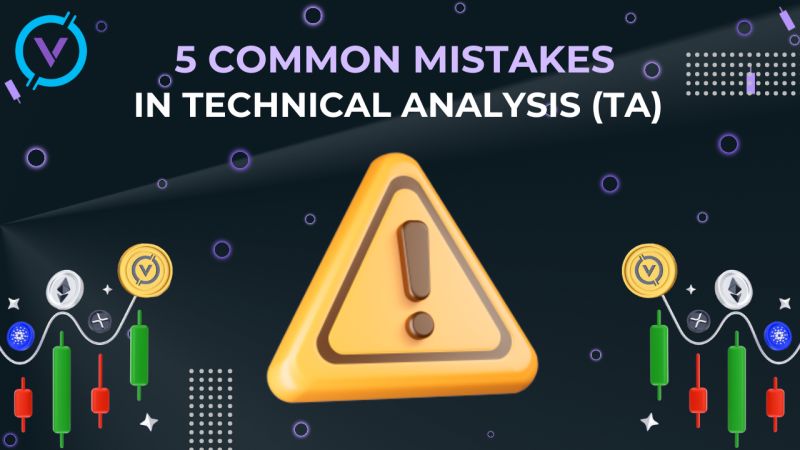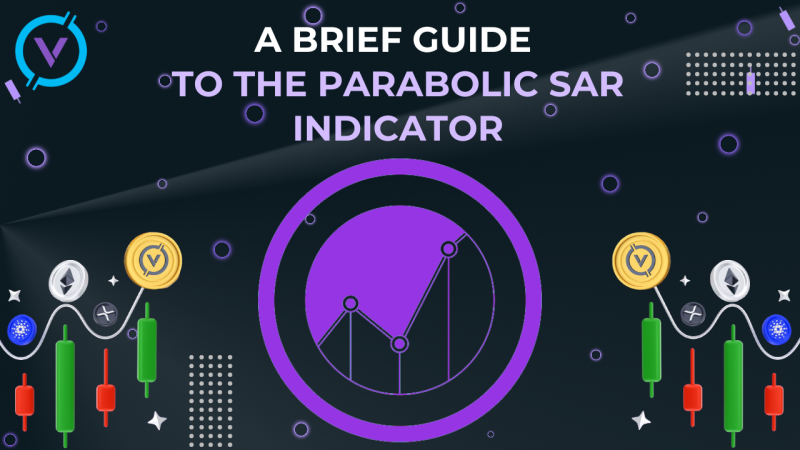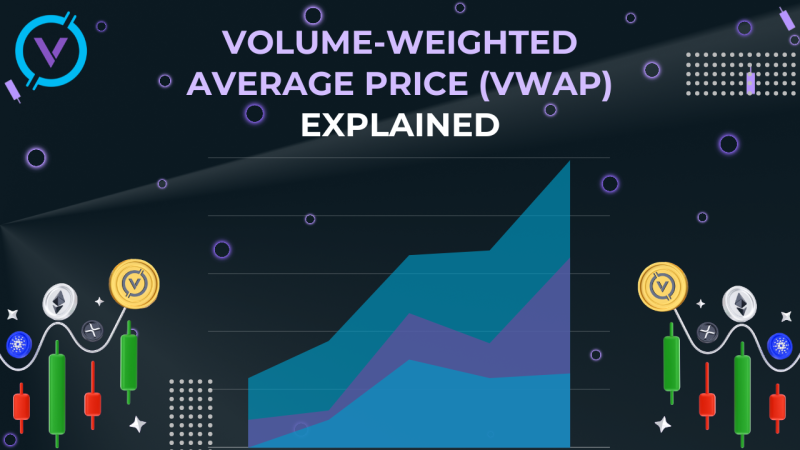Indicator technical analysis allows you to determine the state of the market in the current period and make a decision about a deal based on certain signals . A technical indicator is the result of mathematical calculations made on the basis of data on prices and trading volumes.
Any technical analysis indicator cannot be the only source for making a decision and must be confirmed by additional indicators. However, there are tools that do not require this and by themselves represent a comprehensive trading strategy that takes into account all market factors affecting the price, such as the Ichimoku Kinko Hyo indicator.
The indicator was developed by the Japanese journalist-analyst Goichi Hosoda to analyze the Nikkei index in the late 1930s. But the Ichimoku indicator became available for others only in 1968. It’s named after the pseudonym of the author - Ichimoku Sanjin. The original name sounds like Ichimoku Kinko Hy, or “equilibrium chart at a glance”.
What’s this and how does it work?
The Ichimoku indicator, also known as Ichimoku Cloud and Ichimoku Kinko Hyo, is a universal technical analysis tool that allows you to determine support and resistance, set the trend direction, measure the moment and create trading signals. At first glance the Ichimoku cloud indicator looks quite complicated and confusing on the chart, its practical application is quite simple and useful.
The Ichimoku Kinko Hyo indicator consists of five main elements:
1. Tenkan-sen (Conversion Line):
A 9-period fast moving average based on the high-low difference. This is the fastest line and indicates the direction of the trend. The steeper it is, the more pronounced the trend.
2. Kijun-sen (Base Line):
26-period slow moving average based on high-low difference. Bulls and bears are delimited by this line. If the market goes above the line, there is a high probability of continuation of the uptrend, and you need to look for confirmation of the buy signal, respectively, below it there will be a continuation of the downward movement and it is worth considering only sales.
3. Senkou Span A (Leading Span A):
The average of Tenkan-sen and Kijun-sen, constructed with some shift to the future (26 periods in the future).
4. Senkou Span B (Leading Span B):
Average value the maximum and minimum prices for a given period, built with the same shift to the future (52-period moving average projected 26 periods in the future).
5. Chikou Span (Lagging Span):
The closing level of the price. It is being built with the same shift (26 periods), but in the past. Chikou Span is an almost complete analogue of Momentum, which shows the current dynamics of the market.
The above settings of the Ichimoku indicator are basic and may be changed depending on the tasks and investor’s goals. The Ichimoku indicator displays a shaded area between Senkou Span A and B called "cloud" (Kumo).
If the price moves inside it, it means a period of consolidation, the boundaries are considered as strong resistances confirming the breakdown of other lines. The upper one confirms the uptrend, the lower one confirms the downtrend.
The cloud is divided into large green and red zones that display an uptrend or downtrend. Kumo refers to the leading indicators.
Ichimoku settings
Before using the Ichimoku indicator, you need to make sure that the time intervals of its lines are correctly configured for a specific trading instrument and time frame. Earlier we wrote about this setting when we told you about the 5 elements of the indicator. Therefore, the default values are usually set to 9, 26 and 52 periods.
At that time, these were the optimal values for forecasting the Nikkei index:
- 52 is the basic parameter of the Ichimoku indicator and is equal to the number of weeks in a year to determine the direction of the global trend.
- 26 – half of the annual cycle. This division is widely used in the analysis of financial markets for trading on a medium-term trend. The same value as the most optimal is indicated by the Elder for tuning the oscillators.
- 9 - short-term movements, the value was selected empirically based on historical data.
These settings are considered a classic option, but traders always adjust the indicator the way they need. In the cryptocurrency market, many traders adjust the Ichimoku to reflect the work of the market 24/7, in this regard, such basic settings as 9, 26, 52 have changed to 10, 30, 60. "24-60-120". A more "slow" option that reduces the number of false signals on the average day.
Pairs with medium or low volatility are recommended. «120-240-480». For hourly charts, the maximum historical period is a month. The settings can be considered "transitional" from intraday to day trading.
Ichimoku trading signals
The Ichimoku indicator simultaneously uses two trading strategies: trend, in which signals arise at the intersection of lines or a change in their movement, and channel, where trading proceeds from their borders or after a breakdown.
- Tenkan-sen crosses Kijun-sen from bottom to top. This is a bullish signal. A convenient moment to open long positions;
- Tenkan-sen crosses Kijun-sen from top to bottom. Bearish signal. Opening short positions;
- When the Chinkou Span line crosses the price trend. The opening of deals occurs in the direction of the trend intersection.
Pros and cons of the strateg
Advantages of the Ichimoku Cloud:
- One of the main advantages is versatility. The indicator can be used to detect trends, determine their direction, support and resistance levels, and the intensity of price dynamics.
- Compatibility. The Ichimoku Cloud indicator is combined with a number of simple indicators such as MA, MACD, RSI and others. An integrated approach will improve the accuracy of signals.
Drawbacks:
- Diversity. Beginners may find it easy at first to get confused about how to "read" signals, and which lines mean what. This can lead to mistakes in trading.
- Workload. Too many lines can confuse inexperienced traders. But it's easy to fix. If you are just getting acquainted with the indicator, you can try different strategies using only lines or exclusively the cloud.
Conclusion
The Ichimoku Cloud indicator is universal. It determines the direction of the trend, its strength, support and resistance levels, generates signals to enter the market. During the consolidation of the market, the tool indicates the next cardinal changes in the movement of the price of the cryptocurrency. This is especially important in long-term trading.


